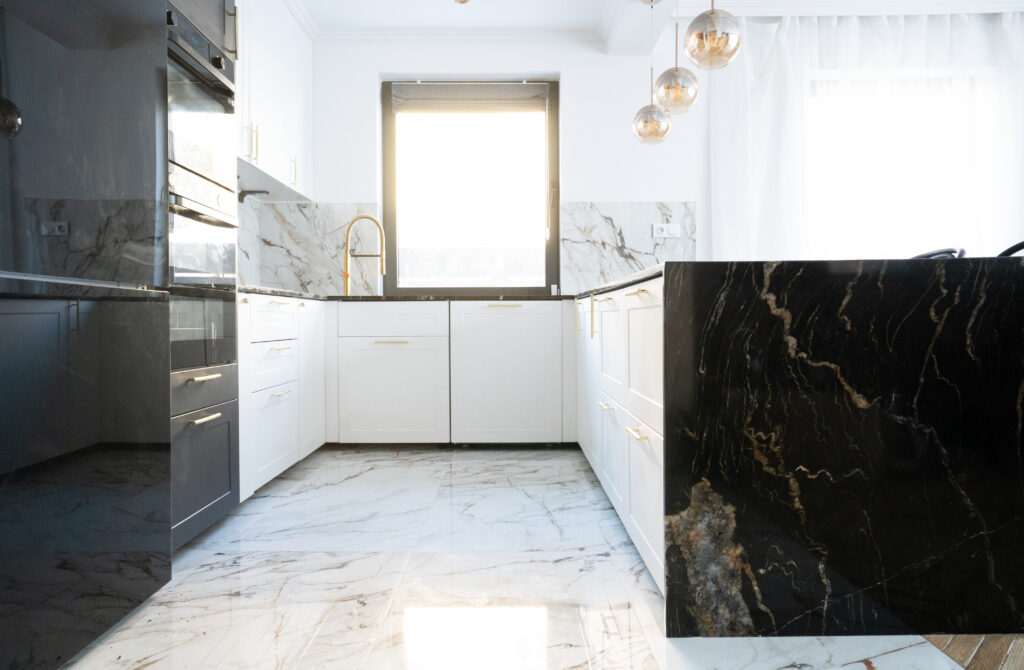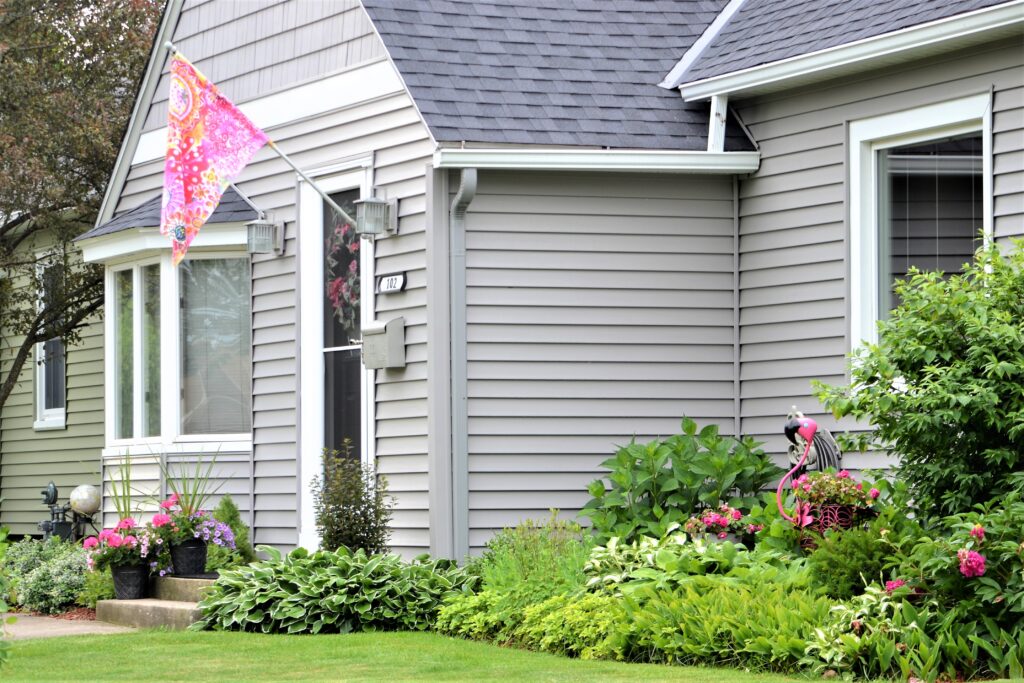When it comes to home design, trim plays a crucial role in completing the look of your space. Whether you're renovating an existing home or building a new one, the right trim can add character, elegance, and a finished, polished touch to any room. With so many options available, choosing the perfect trim for your home can feel overwhelming. But don’t worry – we’re here to help guide you through the process!
In this guide, we’ll cover the different types of trim, how to choose the right style for your home, and tips on installation and maintenance. Let’s get started!
1. What is Trim and Why is It Important?
Trim refers to the decorative finish applied to the edges of doors, windows, floors, and ceilings. It’s an essential part of interior design, adding visual interest, framing architectural elements, and helping to highlight your home’s features. The right trim can make a room feel more cohesive and polished, providing a stylish transition between walls, ceilings, and floors.
Beyond aesthetics, trim also serves practical purposes, such as covering gaps and imperfections between walls and floors or around windows and doors.
2. Types of Trim Styles
There are several different trim styles to choose from, depending on the design aesthetic of your home. Below are some of the most popular options:
Traditional Trim
Traditional trim is characterized by molding with intricate designs, such as crown molding, baseboards, and chair rails. It adds a classic, timeless look to your home. If you’re going for a Victorian or Colonial style, traditional trim is an ideal choice.
Modern Trim
For a sleek, minimalist look, modern trim features clean lines and simple shapes. It typically uses flat profiles without elaborate detailing. This style complements contemporary spaces and is often paired with neutral or muted colors to create an elegant, streamlined appearance.
Craftsman Trim
If you prefer a warm, handcrafted look, Craftsman-style trim is a great option. Characterized by its thicker profiles, square edges, and simple, functional design, it works well in homes with a cozy, rustic, or mid-century aesthetic. Wainscoting and shiplap are common in this style.
Transitional Trim
Transitional trim blends the best of both worlds, mixing traditional and modern elements. It might include classic molding with sleek, straight lines or panel molding with a minimalist twist. This style is perfect if you want to combine the warmth of traditional trim with the clean lines of modern design.
Victorian Trim
For more ornate designs, Victorian-style trim incorporates detailed cornices, wainscoting, and elaborate baseboards. This style is suited for homes with intricate, vintage architecture, offering a sense of luxury and grandeur.
3. Choosing the Right Trim for Your Space
When selecting trim, consider the following factors to help determine which style works best for each room and overall home design:
Room Style:
Each room in your home might benefit from a different type of trim. For example, a formal dining room may look great with traditional or Victorian trim, while a modern kitchen could benefit from a cleaner, more contemporary look. Consider the function and aesthetic of each room when choosing trim styles.
Height of the Ceiling:
For rooms with high ceilings, you can use taller crown molding or baseboards to balance the proportions and add sophistication. In rooms with lower ceilings, choose simpler or smaller trim styles to avoid overwhelming the space.
Home Architecture:
The style of trim should complement the architecture of your home. A colonial home would look great with traditional trim, while a mid-century modern home might benefit from sleek, minimal trim. Consider your home’s architectural style as a guide for the trim choice.
Color and Finish:
Trim can be painted in a variety of finishes, including high-gloss, matte, and satin. Consider using a contrasting color from your walls to make the trim pop, or choose a neutral tone for a more subtle look. Lighter colors are ideal for small spaces, while darker tones can add drama and elegance.
Material:
Trim materials vary widely, with wood, PVC, MDF, and polyurethane being the most common. Wood trim is traditional and durable, while MDF is more affordable and easy to paint. Polyurethane trim offers a lightweight, low-maintenance option and is resistant to moisture, making it ideal for bathrooms and kitchens.
4. Installation Tips for Trim
Installing trim can be a DIY project if you’re handy with tools, but it’s often best to leave it to the professionals for a flawless finish. Here are a few tips if you choose to install trim yourself:
Measure Carefully:
Before cutting trim, measure the walls and corners accurately. Use a miter saw for precise angles and cuts, especially when working with corner joints.
Use a Level:
Ensure your trim is straight and level as you install it. Small imperfections can make a big difference in the finished look.
Finishing Touches:
After installation, caulk the edges to fill any gaps and nail holes. Then, sand and paint your trim to achieve a smooth, professional finish.
Professional Installation:
If you're unsure about DIY installation, it's best to hire a professional to ensure clean, precise results that will stand the test of time.



